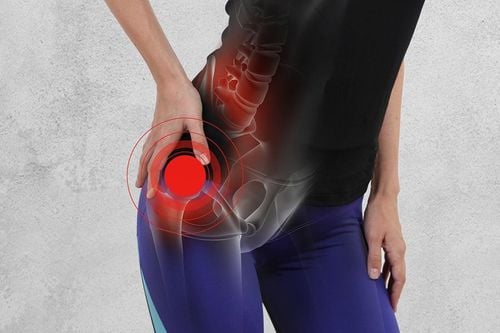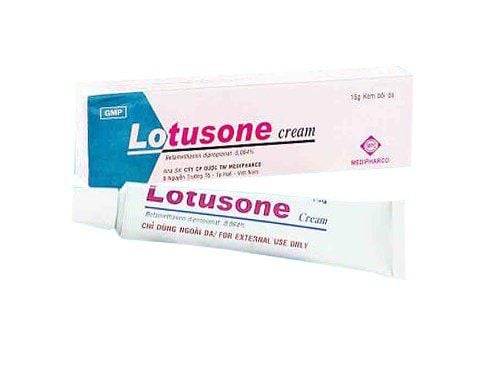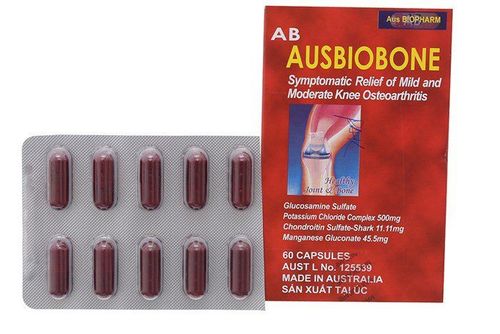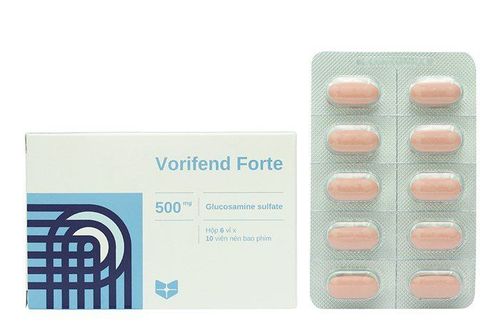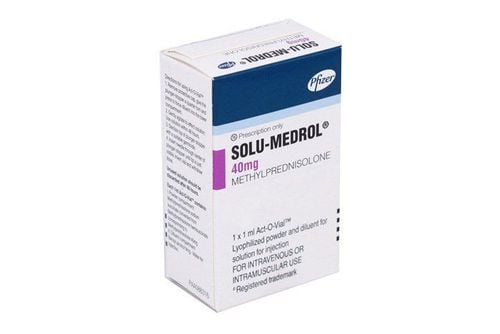This is an automatically translated article.
The article was consulted with Specialist Doctor I Nguyen Thanh Hai - Radiologist - Department of Diagnostic Imaging and Nuclear Medicine - Vinmec Times City International Hospital.Aseptic necrosis of the femoral head is a complex disease requiring expensive treatment such as joint replacement. The earlier the disease is detected, the less burden on patients and their families. To diagnose aseptic necrosis of the femoral head, the doctor may prescribe different medical techniques.
1. Overview of aseptic necrosis of the femoral head
Aseptic necrosis of the femoral head is a condition in which the bone tissue inside the femoral neck is not supplied with blood (lack of nourishment) leading to destruction, creating a necrotic foci causing hip pain. This disease is also known as aseptic necrosis (necrosis is caused by the lack of blood supply, not by bacteria).Aseptic necrosis of the femoral head has 2 primary forms: occurring in a normal hip or secondary, after impact trauma causing fracture of the femoral neck (common in the elderly).
2. Causes of aseptic necrosis of the femoral head
The cause of aseptic necrosis of the femoral head can be traumatic or non-traumatic, but generally affects the blood vessels supplying the bone, leading to interruption or reduction in blood supply to this area.Secondary cause: due to trauma to the hip dislocation or fracture of the femoral neck that damages the blood vessels in the femoral head. Primary cause: High fat (Lipid) index in the blood: easy to cause blockage of blood vessels leading to reduced blood supply to bones. High blood lipids often occur in people who drink heavily, use high doses of corticosteroids or long-term. Certain medical treatments, such as radiation, kidney transplants, organ transplants, or treatment of metastatic breast cancer and multiple myeloma with bisphosphonates, can also weaken bones and affect blood vessel function. Having diseases that increase the risk of aseptic necrosis such as: pancreatitis, sickle cell disease, diabetes, Gaucher disease, HIV/AIDS, lupus erythematosus.
3. Symptoms of aseptic necrosis of the femoral head
The danger is that aseptic necrosis of the femoral head often has no obvious signs in the early stages. Only when the condition is more severe, the patient begins to feel signs such as:Pain in the hip, buttock, sometimes radiating to the thigh. Some people have pain in the knee joint, so it is easy to mistake it for knee osteoarthritis. Pain on one or both sides of the hip. The pain increases rapidly when the bone is under pressure such as movement, walking, standing for a long time, when resting can be reduced. In the late or more severe stage, the hip joint continues to hurt even when lying down and resting. Patients have difficulty performing movements such as: internal rotation, external rotation, flexion, extension, extension and extension of the leg. The gait is often limp, and often has to be dragged.
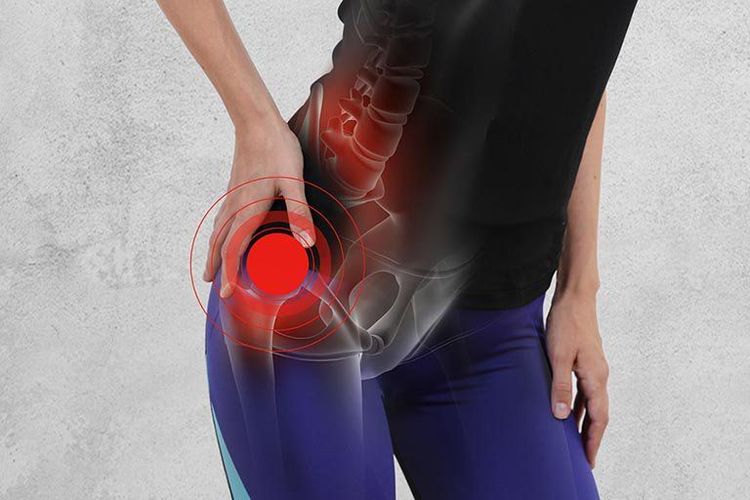
4. Diagnosis of aseptic necrosis of femoral head
In order to confirm the diagnosis of aseptic necrosis of the femoral head, it is important that the patient first be examined by a clinician to make an initial diagnosis, then specify the methods of exploration. , appropriate supportive tests for effective disease diagnosis and avoidance of costs. Imaging tests that can be used to diagnose this disease are:4.1. Magnetic resonance imaging (MRI) This is the most valuable method of aseptic diagnosis of the femoral head at an early stage with a sensitivity of up to 90%. On MRI, the patient will have symptoms such as:
See a hypoechoic image in the bone crest (especially the subchondral bone). There are foci of lesions in the anterior superior region of the crest (possibly extending down the medulla oblongata). The image of hypoechoic region of the bone margin on the T1 and T2 pulse series. Seeing the characteristic double contour sign (50-80% of cases) Advantages: can be diagnosed at an early stage, early detection of the disease in patients with risk factors but no signs of recognition.
4.2. Hip X-ray This is a valuable imaging method in advanced disease rather than early stage. There are 2 imaging positions to help detect injuries: anteroposterior and lateral hip imaging (frog leg pose). On the x-ray film, there will be manifestations of aseptic necrosis of the femoral head such as:
Slight change in bone density. Necrotic foci and bone cysts appear. Characteristic crescent moon image with subchondral collapse. Loss of spherical shape of the crest and collapse (late stage). Joint space stenosis and signs of secondary degeneration in the acetabulum (end stage). Pros: simple and inexpensive, most effective at advanced stages.
4.3. Bone scintigraphy is an additional imaging technique used in patients with suspected femoral head necrosis but normal radiographs. When bone scintigraphy will show aseptic necrosis of the femoral head with manifestations such as:
The image is hyperintensity due to the formation of new bone tissues. Increased metabolism around necrotic bone tissues. An image of a decrease in signal in the center of an area of increased signal strength.
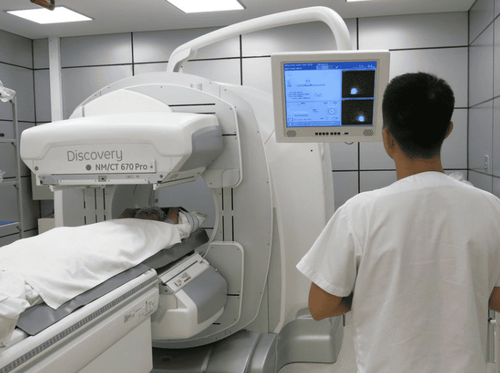
In addition, patients can also be assigned to perform in combination with other biochemical tests to increase diagnostic value.
Currently, necrosis of the femoral head is increasing rapidly and at a younger age, this is also considered a dangerous disease, potentially leading to disability for sufferers. Therefore, when there are signs of illness, patients should immediately go to large medical facilities for examination and timely intervention.
In order to provide the best quality of medical services, Vinmec International General Hospital is now equipped with a system of modern machinery and high-class medical equipment to best serve the examination process. In addition, a team of doctors and medical staff are all qualified and professional people who will directly support the treatment of patients from the very beginning to the end.
Please dial HOTLINE for more information or register for an appointment HERE. Download MyVinmec app to make appointments faster and to manage your bookings easily.





